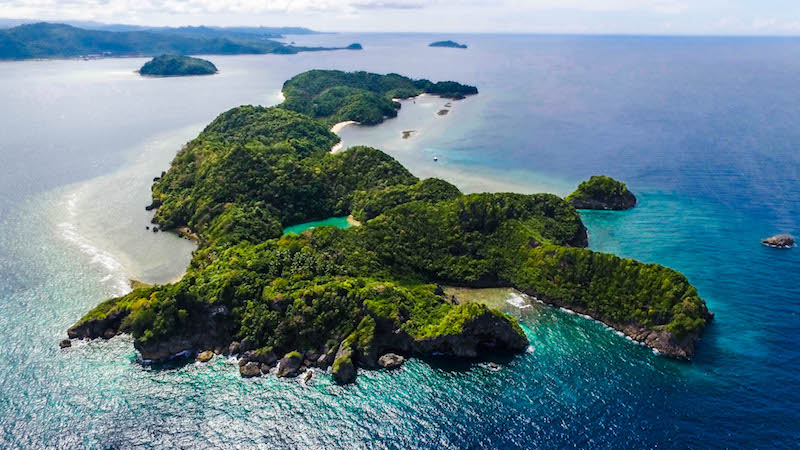Website Under Renovation
Website under renovation, we’ll be back soon! Email explore@ecoexplorationsph.com for nature-based activities in the city and beyond for your group and inquiries or follow us @ecoexplorations.

Website under renovation, we’ll be back soon! Email explore@ecoexplorationsph.com for nature-based activities in the city and beyond for your group and inquiries or follow us @ecoexplorations.
